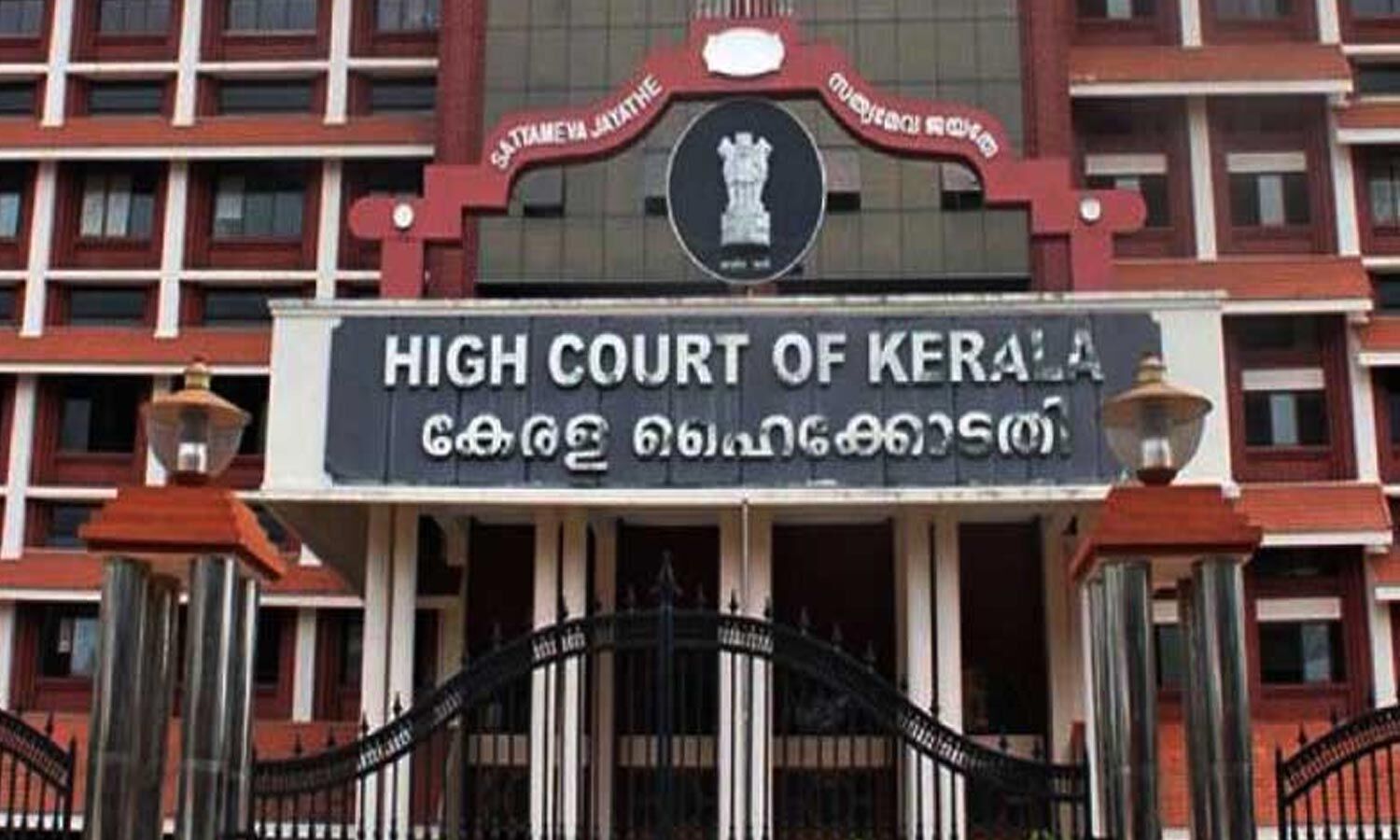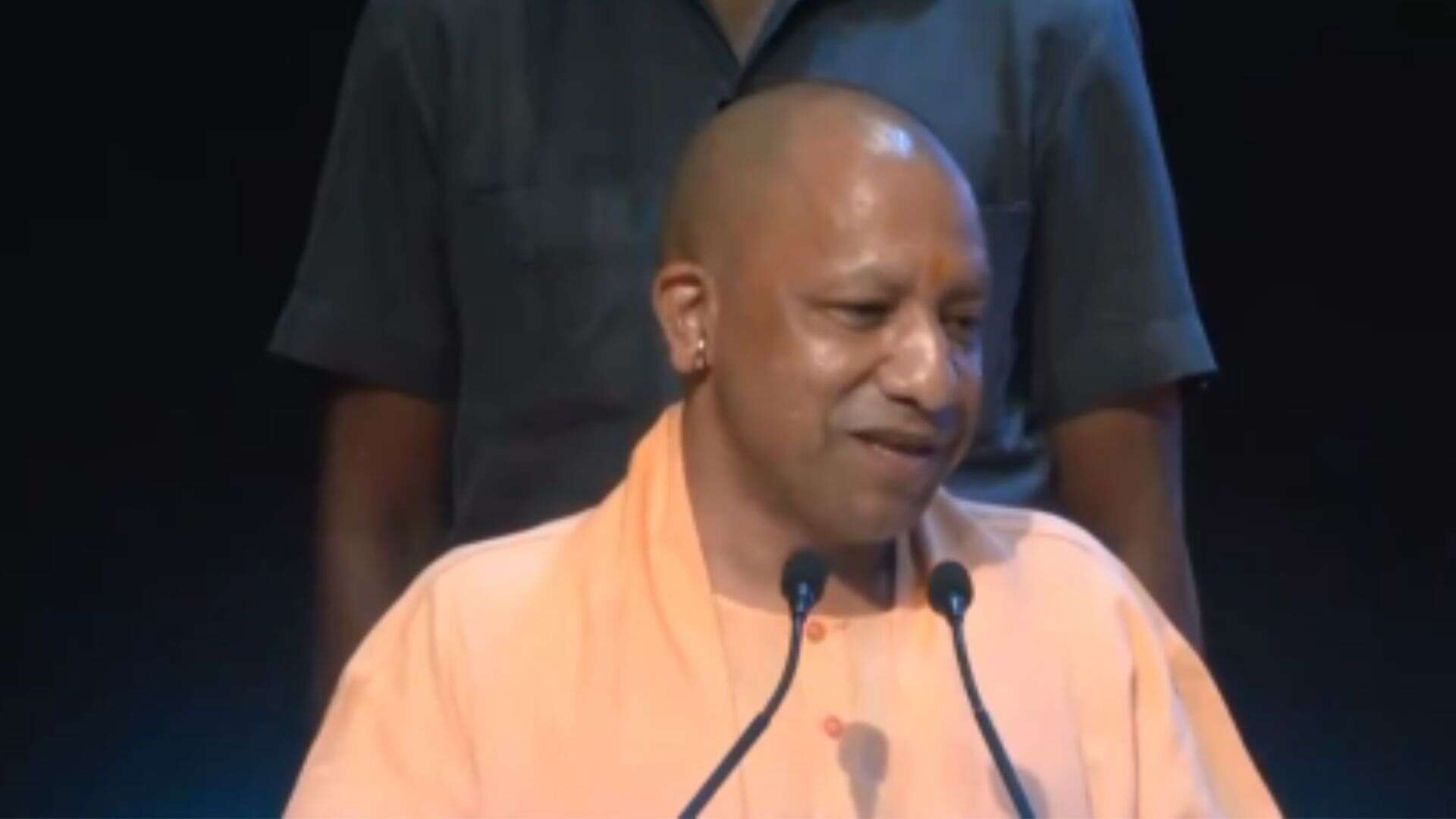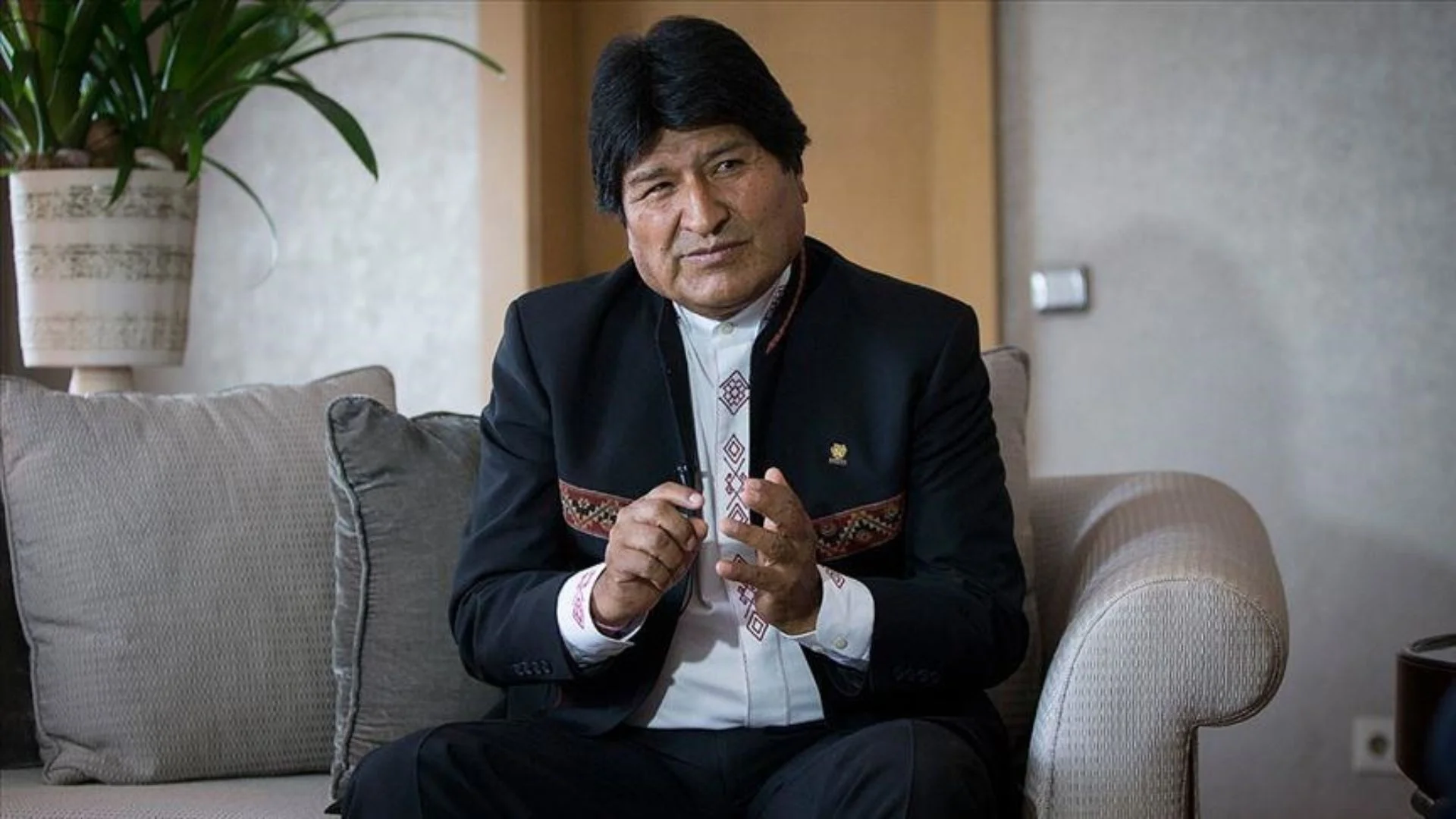While observing quite clearly that the existence of a domestic relationship is sine qua non for seeking relief under the Protection of Women from Domestic Violence Act, the Kerala High Court in a most progressive, pragmatic, pertinent and purposeful judgment titled Rajesh and Anr vs The Station House Officers and Ors in WP (C) No. 23803/2021 and cited in 2023 LiveLaw (Ker) 8 that was pronounced as recently as on December 5, 2022 has laid down in no uncertain terms that it has become a common practice to convert some other dispute into a ‘domestic violence complaint’. The Court made it clear that the Magistrates must not casually and mechanically issue summons in such cases. The Court also directed the Registry to forward a copy of its judgment to all the Magistrates in the State. At the very outset, this learned, laudable, landmark and latest judgment authored by the Single Judge Bench of the Kerala High Court comprising of Hon’ble Dr Justice Kauser Edappagath of the Kerala High Court sets the ball in motion by first and foremost putting forth in para 1 that, “Dated this the 5th day of December, 2022 An employer and his wife who were saddled with a criminal prosecution initiated at the instance of his erstwhile employee under the Protection of Women from Domestic Violence Act, 2005 (for short, ‘the DV Act’) are the petitioners.” As it turned out, the Bench then enunciates in para 2 that, “The 2nd respondent herein filed an application (Ext.P2) under Section 12 of the DV Act against six persons at the Judicial FirstClass Magistrate Court, Adoor (for short, ‘the court below’). The petitioners herein are respondents 1 and 2. A vague allegation has been made in the first paragraph of Ext. P2 to bring the application within the ambit of the DV Act that the petitioners are the relatives of the husband of the 2nd respondent. However, the entire reading of Ext. P2 application would show that the petitioners are none other than the 2nd respondent’s employer and wife. The respondents 3 to 5 in Ext.P2 are two of her co-employees and their parents.” To put things in perspective, the Bench envisages in para 3 that, “Admittedly, the 2nd respondent was an employee of the 1st petitioner in a business concern run by him under the name and style ‘M.R. Enterprises’ at Adoor. The 2nd petitioner is the wife of the 1st petitioner. The 2nd respondent worked in the said business concern as collection agent for a short period from November 2014 to March 2016, and thereafter, she resigned from the job. In Ext. P2, it is alleged that the 1st petitioner had ill will towards the 2nd respondent following her resignation from his business concern in 2016. It is further alleged that during their employee-employer relationship, the 2nd respondent had given a sum of Rs. 3,00,000/- (Rupees Three Lakhs only) to the 1st petitioner at his instance. It is also alleged that the 1st petitioner has ill-treated, abused, and intimidated the 2nd respondent by various means, and he has even tried to assault her sexually. There is also an allegation that after the resignation of the 2nd respondent, the petitioners, along with the remaining respondents in Ext. P2, trespassed into the house of the 2nd respondent as well as her place of employment and criminally intimidated her. It is also alleged that while the 2nd respondent was working at the business establishment of the 1st petitioner, he took away cheque leaves belonging to her. The prayer in Ext. P2 is to grant a protection order in favor of the 2nd respondent to prohibit the petitioners and the remaining respondents in Ext. P2 from entering into her house as well as at her place of employment, namely ‘Micro Finance,’ and making any disturbances. There is a further prayer to give a direction to the 1st petitioner to return the cheque leaves belonging to the 2nd respondent.” As we see, the Bench states in para 4 that, “On receipt of Ext.P2 application, the court below issued a notice of appearance to the petitioners and others under section 13 of the DV Act. It also passed ex parte interim protection and residence orders under section 23(2). The petitioners seek to quash Ext. P2 application on the ground that it is not maintainable under section 12 of the DV Act as there is no domestic relationship between them and the 2nd respondent.” Be it noted, the Bench notes in para 9 that, “The existence of a domestic relationship between the complainant and the respondent is the sine qua non for seeking relief under the DV Act. The complainant should be a woman who is, or has been, in a domestic relationship with the respondent against whom there is an allegation of domestic violence. No relief under the DV act can be granted unless a domestic relationship between the complainant and the respondent is established. Domestic relationship, as statutorily defined, presupposes that the respondent and the complainant lived or have lived together in a shared household when they are related by consanguinity, marriage, or through a relationship in the nature of marriage, adoption or are family members living together as a joint family. A “shared household” is defined in section 2(s) as a household where the person aggrieved lives or at any stage has lived in a domestic relationship either singly or with the respondent. The fact, as stated in Ext.P2 application itself, explicitly discloses that the petitioners are not related either with the 2nd respondent or with her husband by consanguinity, marriage or through a relationship in the nature of marriage or adoption, or not even a member of the joint family of the 2nd respondent’s husband, rather she was an erstwhile employee of the 1st petitioner. As stated already, it is vaguely pleaded in Ext. P2 that the petitioners are the relatives of the husband of the 2nd respondent. But, what exactly is the nature of the relationship has not been stated. At the same time, it is pleaded in paragraph 5 that while the 2nd respondent was working as an employee in the business establishment of the 1st petitioner, they became family friends, and the petitioners used to visit her house and stay there. The definition of ‘domestic relationship’ speaks of living together in a shared household at any point of time. Staying together occasionally by two family friends who are not related by consanguinity, marriage, or through a relationship in the nature of marriage, adoption or as members of a joint family is not sufficient to create a domestic relationship.” It is also worth noting that the Bench notes in para 10 that, “Even if the averments in Ext.P2 application are accepted at its face value, it is apparent that the petitioners and the 2nd respondent were not in a domestic relationship. At no point did the petitioners and the 2nd respondent live together in a shared household. Even if it is assumed, as is averred in the application, that the petitioners visited the house of the 2nd respondent, had food together, and stayed overnight, by no stretch of the imagination can it be said that they lived together in a shared household. Hence, it can safely be concluded that there are absolutely no averments in Ext.P2 application to bring it within the purview of the DV Act. The records would suggest several disputes between the petitioners and the 2nd respondent. It is clear from the reading of the application that the 2nd respondent wanted to convert some financial dispute between her and the 1st petitioner that arose out of the employer-employee relationship into a domestic violence complaint. It is nothing but an abuse of the process of law.” Most significantly, the Bench then holds in para 11 that, “Unfortunately, the court below, even without ascertaining whether the basic ingredients to attract the provisions of the DV Act are there in Ext. P2 application, simply issued summons to the respondents therein. It also granted an interim protection order under section 23(2). Many petitions are filed before this court invoking section 482 of Cr.P.C. to quash the proceedings before the Magistrate exercising jurisdiction under the DV Act on the ground that those complaints are not sustainable under the DV Act. It is apparent from those petitions that it has become a common practice to convert some other dispute into a domestic violence complaint and rope in persons who have not been in a domestic relationship with the complainant as respondents in the applications instituted under the DV Act without any bona fides and with oblique motives, on the omnibus and vague allegations. Notice is invariably issued to the respondent in such applications without ascertaining whether the complainant is a woman who is, or has been, in a domestic relationship with the respondent against whom there is an allegation of domestic violence to qualify the status of an ‘aggrieved person’ as defined under section 2(a).” Most glaringly, the Bench while citing the relevant case laws hastens to add in para 12 stating that, “The Apex Court has, on numerous instances, expressed concern over the misuse of section 498A of IPC and the increased tendency of falsely implicating relatives of the husband in matrimonial disputes by way of general omnibus allegations and warned the Courts from proceeding against the relatives and in-laws of the husband when no prima facie case is made out against them [See K. Subba Rao v. The State of Telangana (2018 KHC 6625), Preeti Gupta v. State of Jharkhand (2010 KHC 4571) and Kahkashan Kausar v. State of Bihar (2022 (1) KLT OnLine 1177)]. A Single Bench of this court in Latha P.C and Others v. State of Kerala and Others (2020 (5) KHC 428) deprecated the practice of mechanically issuing notice to the respondents named in the application filed under section 12 of the DV Act. It was held that even while taking all endeavours possible to protect the aggrieved persons from domestic violence, the Courts must be extremely cautious and careful to ensure that their powers are not being abused. One of the important steps to be taken towards that direction is to scrutinize the applications meticulously and satisfy that a case of domestic violence as defined in the Act is made out against all the respondents and no one is arrayed as a party to the proceedings on omnibus and vague allegations, so that the Court can refrain from issuing notice to them, it was observed. The Full Bench of the Madras High Court recently in Arul Daniel and Others v. Suganya and Others [2022 LiveLaw (Mad) 467] has held that it is not necessary to issue notice to all the parties arrayed as respondents in an application under section 12 of the DV Act and the Magistrate must set out reasons to issue notice to the third parties to the matrimonial relationship who have been impleaded as the respondents.” Finally, we see that the Bench concludes most remarkably by holding in para 13 that, “When the allegations made in the application filed under section 12 of the DV Act do not disclose the existence of a domestic relationship between the complainant and the respondent/s or the occurrence of domestic violence, the Magistrate has no jurisdiction to receive the application on file and to issue summons to the respondent/s. On receipt of the application filed under section 12, the Magistrate cannot casually and mechanically issue summons to the respondent/s without applying his mind as to whether the complainant before him is an aggrieved person and the pleading in the complaint discloses domestic relationship between the complainant and the respondent/s. The Magistrate should certainly scrutinize the allegations in the application with great care and caution to satisfy himself that it falls within the ambit of the DV Act lest it might become a tool of harassment at the hands of the complainant to obtain reliefs to which she is not entitled to. If the application does not fall within the ambit of the DV Act, necessarily, it must be rejected at the threshold. Only if the application discloses the existence of a domestic relationship between the complainant and the respondent/s and the occurrence of domestic violence, summons need be issued to the respondent/s. As stated already, if the application which is not maintainable under the DV Act is entertained and the summons is issued to the respondent/s, the very purpose of the legislation will be defeated. In the light of the above findings, Ext.P2 application cannot be sustained. Even though respondents 4 to 6 in Ext. P2 are not before me, the proceedings against them can also be quashed since Ext. P2 itself is found to be not maintainable under section 12 of the DV Act. Accordingly, Ext.P2 application hereby stands quashed. The Writ Petition is, accordingly, allowed. The Registry is directed to forward a copy of this judgment to all the Magistrates in the State.” In conclusion, we thus see clearly that the Kerala High Court has sent a loud, clear and sensible message to all the Magistrates that they must act with caution while deciding domestic violence cases as it has become common practice to convert some other dispute into domestic violence complaint. So it merits no reiteration that all the Magistrates must act accordingly as directed so very commendably in this leading case. No denying it!

















